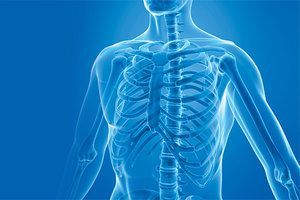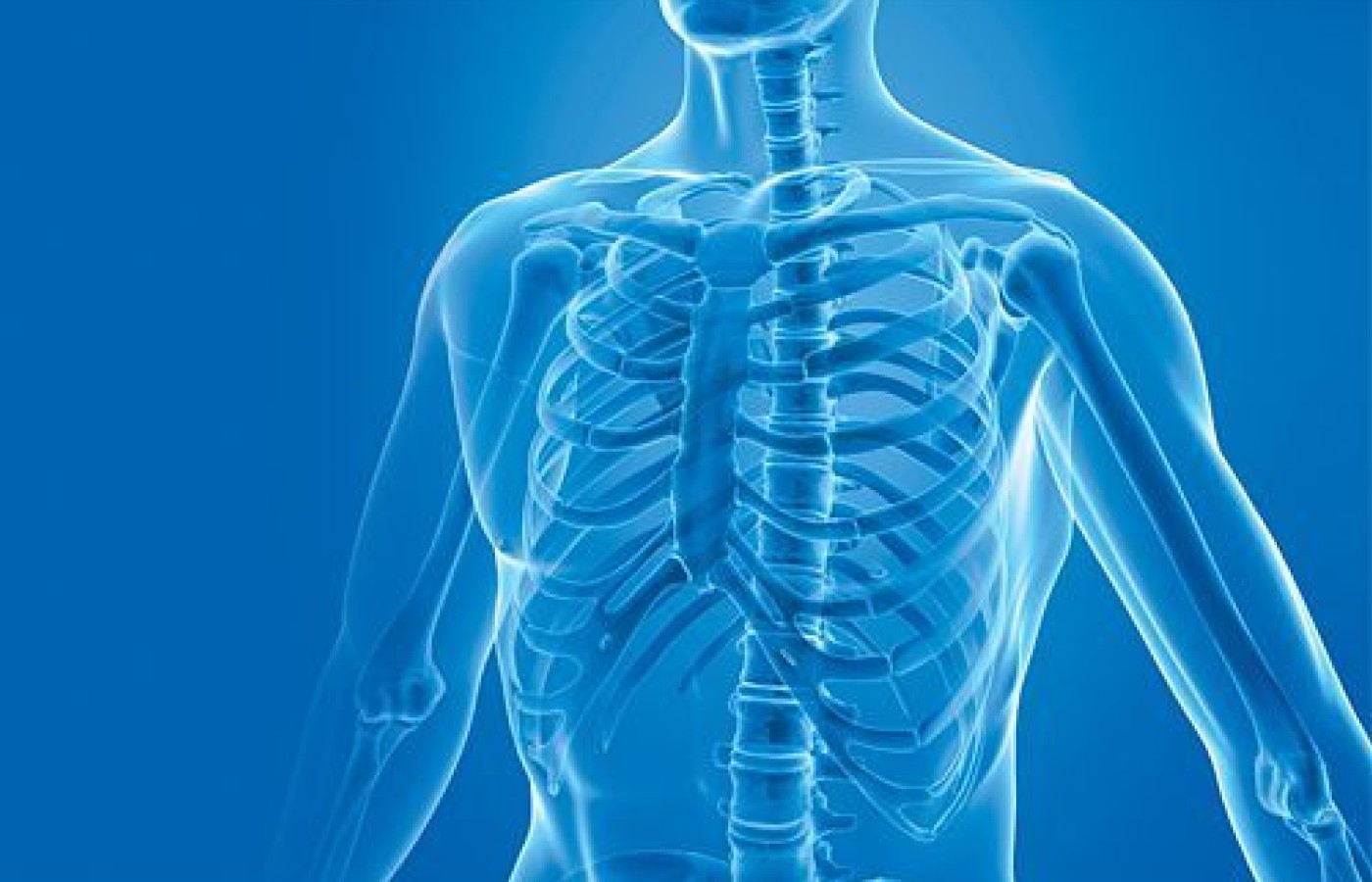New York's highest court of appeals has held that no-fault insurers cannot deny no-fault benefits where they unilaterally determine that a provider has committed misconduct based upon alleged fraudulent conduct. The Court held that this authority belongs solely to state regulators, specifically New York's Board of Regents, which oversees professional licensing and discipline. This follows a similar recent ruling in Florida reported in this publication.
Treating Rib Joints to Protect Thoracic Stability
It is an exciting world that awaits us when we go to work every day. We deal with all types of people who present with varying health conditions we can (hopefully) help alleviate. The challenges we face are made easier by the recognizable patterns many patients present with; conditions that most of us would classify as our "bread and butter" or common, everyday problems. Low back pain, neck pain, headaches are just a few of these. Many of us also see a lot of upper/mid back issues that result in pain and poor posture.
But not all patient presentations are as common / recognizable, at least not on first glance. In this article, I want to call your attention to the rib cage. Rib joints are critical to the stability of the thoracic region. Subluxations or misalignments of these joints are extremely common in everyday practice. In fact, you probably have a few out of alignment as you are reading this. Rib misalignments can be tricky to catch, so let's review these important structures to see why they need to be addressed.
Relevant Anatomy
Recall that 12 sets of ribs come off the vertebrae. Ribs 1-7 are true, 8-10 are false and 11 and 12 are floating. Their articulations with the vertebrae on one end and the sternum on the other end make them fairly stable.

A study evaluating the stability of this area found that the rib cage "[increases] the stability of the thoracic spine by 40% in flexion/extension, 35% in lateral bending, and 31% in axial rotation."1 With this rib stability comes less mobility. The rib heads only like to move about 5-7 degrees in either a superior or inferior direction. The ribs are there to protect the lungs and all the other organs contained within. Due to the joint orientation, ribs tend to move up or down (superior and inferior).
The areas that require particular attention are the costotransverse joint, costovertebral joint, costosternal joint and costal cartilage. Research has found that the "costovertebral joints and rib cage play an important role in providing stability to the thoracic spine. The state of the costovertebral joints and rib cage should be assessed to evaluate the stability of the thoracic spine."2
Also of note is the presence of intercostal nerves that lie between the ribs. These nerves are highly sensitive, and irritation can easily create radiating pain.
Presentation
In their most innocuous form, rib-head subluxations can feel like a dull, achy pain when palpating the rib-head region. At its worst, a rib subluxation can feel like a sharp, stabbing pain, as if someone is being stabbed through the chest, or pain radiating along the periphery of one or more ribs.
It is more likely that you will find the posterior rib heads instead of the anterior. But anterior rib heads certainly do move out, so you will want to check this as well. Ninety percent of the time, the rib heads misalign in a superior direction. There is some relationship to the powerful intercostal muscles for this upward movement.
Treatment
The rib area is not always swollen or inflamed, but the intercostal and thoracic paraspinal muscles are very hypertonic and painful to the touch. Use whatever physiotherapy modalities you deem appropriate. Laser, ultrasound, ice and heat are all good ideas.
In general, anterior manual adjustments, drop-table adjusting instruments and even directional pressure will help those ribs to move back in place. Most of the time the patient will feel some pain or discomfort as the rib slips back in, but they will feel better afterward.
Patients will feel sore for the rest of the day, so using ice or therapeutic creams / gels is recommended. Rib subluxations will stabilize in as little as two visits, but it can take a few weeks if someone has chronic rib instability.
Considerations / Hints
Rarely is a single rib out by itself. Ribs run in packs, so to speak; when one major rib is symptomatic, it normally involves the ones above and below with it. It is quite common to have multiple ribs misaligned and muscle hypertonicity throughout the thoracic region. If there are enough ribs involved, you will see postural problems in the upper back with forward hunching, which helps keep the patient out of pain.
The Heart-Attack Presentation
When rib misalignments are sharp enough, they shoot through the chest on the left side of the body. When this happens, patients often think they are having a heart attack. This is the logical course of thinking for anyone with left-sided chest pain.
Most of these patients will have already gone to their medical doctor to make sure they are not having an MI. We must always treat this very seriously. Even when we determine that the ribs are involved, it's prudent to evaluate the heart yourself or refer to a cardiologist or the patient's GP. A full heart work-up is good for anyone.
Ribs out of place can create sharp pain, but it worsens with deeper inspiration, laughing, coughing or sneezing. There is pain in the actual rib heads. Hunching forward and short breaths help reduce the pain.
Beware of the Shoulder
Ribs out of place usually indicate shoulder instability and shoulder girdle subluxation / misalignment. Check all of the shoulder joints. You would be surprised at how often unstable shoulders pull ribs out. If you initially missed the shoulder's role in rib stability when you first assessed your patient, you will get another chance. If the ribs aren't staying in place or seem like they keep coming back out, check the GH, AC and scapulothoracic joints, and adjust them accordingly.
It's All In the Details
Don't forget that the rib joints in front are as important as the bones in the back. You must remember to adjust ribs on the front and back of the chest. If you only get the back, the front-rib misalignments can wiggle the back ones out again. Use diversified, drop table or an adjusting instrument; all are effective.
One more point of interest: With very recalcitrant cases that are not healing well, you may have to adjust the rib laterally (in the regions under the axiallae). This is where I suggest you take an adjusting instrument or even light traction with your fingers and pull from S to I to open up the lateral rib areas.
Rib misalignments are incredibly common in our patients, so it is important to know how to look for them. Once you become proficient in finding and treating them, you can help patients improve their thoracic and cervical stability, and with it their overall biomechanics.
References
- Watkins R, Williams L, Ahlbrand S, Garcia R, Karamanian A, Sharp L, Vo C, Hedman T. Stability provided by the sternum and rib cage in the thoracic spine. Spine, 2005 Jun 1;30(11):1283-6.
- Oda I, Abumi K, Lü D, Shono Y, Kaneda K. Biomechanical role of the posterior elements, costovertebral joints, and rib cage in the stability of the thoracic spine. Spine, 1996 Jun 15;21(12):1423-9.



